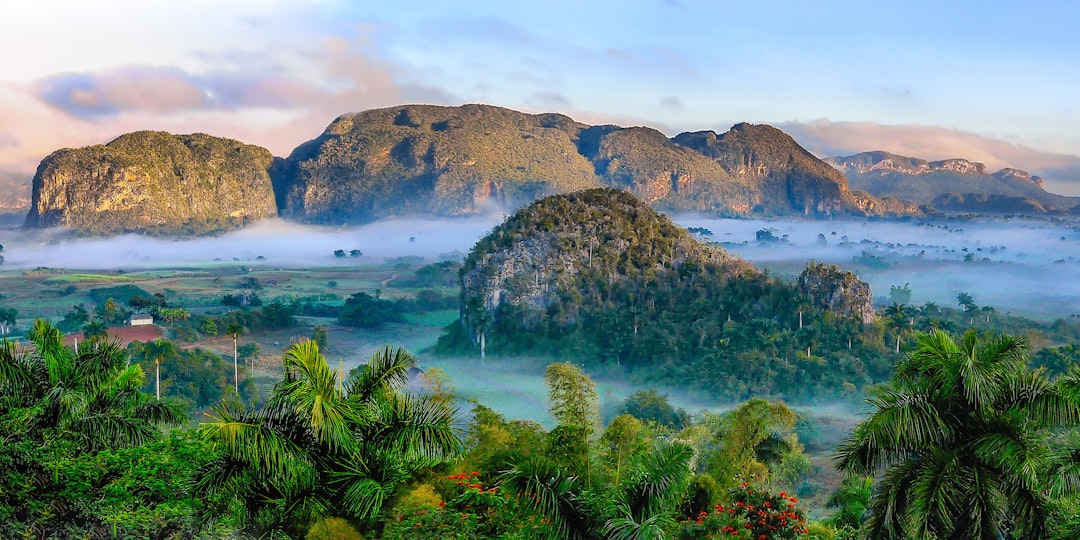As human populations and consumption continue to grow, the strain on Earth’s natural resources has reached unprecedented levels. Overexploitation—the excessive use of natural resources at rates faster than they can replenish—threatens ecosystems, biodiversity, and the well-being of future generations. In this blog post, we explore the causes and consequences of overexploitation, and examine sustainable management and conservation strategies that can help us protect our planet’s natural wealth.
What Is Overexploitation?
Overexploitation occurs when natural resources such as forests, fish stocks, freshwater, and minerals are harvested or used at a rate that exceeds their ability to regenerate. While resource use is a natural part of human development, unsustainable extraction can lead to long-term environmental damage, economic instability, and loss of ecosystem services.
Key Examples of Overexploited Resources
1. Forests
-
Deforestation for Agriculture & Timber: Massive areas of forest are cleared each year for farming, ranching, and logging, especially in tropical regions.
-
Consequences: Loss of biodiversity, soil degradation, and contribution to climate change through carbon release.
2. Fisheries
-
Overfishing: Many fish populations are harvested faster than they can reproduce, leading to population collapses and marine ecosystem imbalances.
-
Consequences: Reduced catches, loss of livelihoods for fishing communities, and the collapse of entire marine food webs.
3. Water Resources
-
Overdrawing Groundwater: Excessive pumping of aquifers for agriculture and urban use depletes freshwater supplies.
-
Consequences: Lower water tables, dry rivers and wetlands, and land subsidence.
4. Wildlife and Plants
-
Poaching and Illegal Trade: Species are hunted or harvested for food, medicine, pets, and ornaments.
-
Consequences: Endangerment or extinction of species, disruption of ecological roles, and loss of genetic diversity.
Causes of Overexploitation
-
Population Growth: More people means more demand for food, water, shelter, and energy.
-
Economic Pressure: Short-term profits often outweigh long-term sustainability in industries like logging, fishing, and mining.
-
Lack of Regulation: Weak or poorly enforced laws allow unsustainable harvesting and habitat destruction to persist.
-
Technological Advances: Improved tools and techniques can lead to more efficient but unsustainable extraction.
-
Global Trade: International demand for resources fuels exploitation in regions rich in natural capital but lacking strong governance.
Impacts on Ecosystems and Human Societies
1. Biodiversity Loss
When species are overharvested or their habitats are degraded, ecosystems lose vital functions and stability. The decline of one species can cascade through the food web, affecting many others.
2. Depletion of Ecosystem Services
Healthy ecosystems provide clean air, water, pollination, and soil fertility. Overuse of resources can impair these services, making it harder for nature to support both wildlife and human needs.
3. Economic and Social Instability
Communities that rely on natural resources—such as fishers, farmers, and forest dwellers—face increased hardship as resources dwindle. This can lead to poverty, migration, and conflict over remaining supplies.
4. Climate Change Acceleration
Overexploitation contributes to greenhouse gas emissions, especially through deforestation and unsustainable agriculture. This exacerbates climate change, which in turn places further stress on ecosystems and resources.
Solutions: Sustainable Management and Conservation
Addressing overexploitation requires a multifaceted approach that balances human needs with environmental protection. Here are key strategies:
1. Sustainable Resource Management
-
Quotas and Limits: Regulate harvest levels of fish, timber, and wildlife to ensure populations can recover.
-
Restoration Projects: Replant forests, rehabilitate degraded lands, and restock fish populations.
-
Certification Programs: Promote products that are sustainably sourced, like FSC-certified wood or MSC-certified seafood.
2. Community-Based Conservation
-
Local Stewardship: Empower communities to manage resources sustainably, drawing on traditional knowledge and vested interests in long-term benefits.
-
Eco-Incentives: Provide economic incentives for conservation through tourism, payment for ecosystem services, or sustainable harvesting programs.
3. Policy and Governance
-
Stronger Laws: Enact and enforce environmental regulations at national and international levels.
-
Monitoring and Enforcement: Use technology and community engagement to track resource use and penalize illegal activities.
-
Global Cooperation: Work across borders to address overexploitation driven by international markets and shared ecosystems.
4. Education and Awareness
-
Public Engagement: Inform consumers about the environmental impact of their choices and promote responsible consumption.
-
Youth Involvement: Foster environmental awareness in schools to build a culture of sustainability for future generations.
Looking Forward: Building a Sustainable Future
Human well-being is deeply intertwined with the health of the planet. The overexploitation of natural resources is not just an environmental issue—it’s a development and survival issue. Sustainable management and conservation are not about halting resource use, but about using them wisely so they can continue to support life on Earth for generations to come.
By shifting toward more sustainable practices, investing in conservation, and fostering a global ethic of stewardship, we can restore balance between people and nature—and ensure a thriving planet for all.
What are some ways you or your community are working toward more sustainable resource use? Share your ideas in the comments below and join the conversation on building a greener future.

Comments
No comments yet. Be the first to comment!
You must be logged in to comment. Login